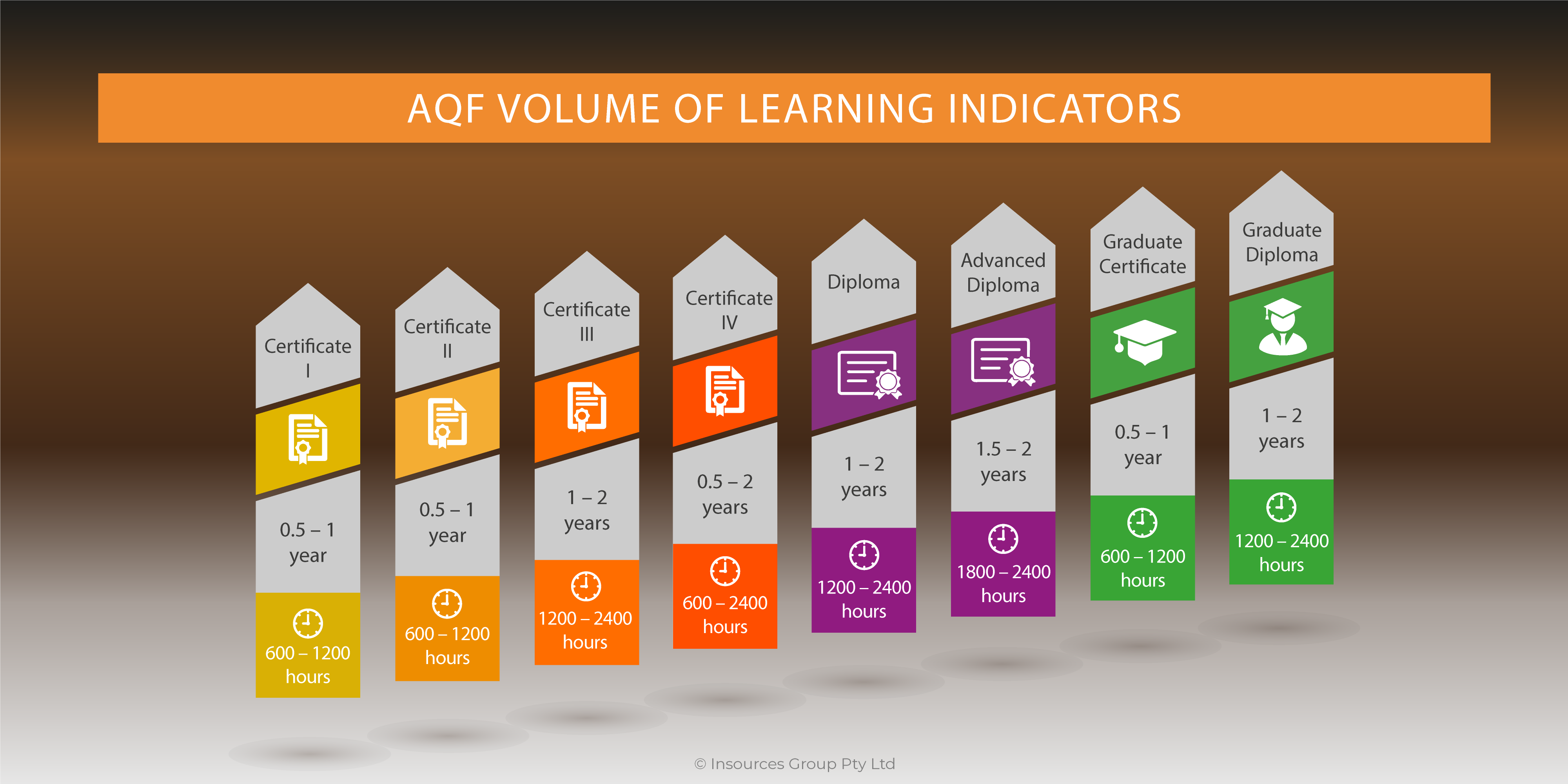 Collaborative teams. Research has shown that collaborative work done under the right circumstances can lead to better learning than solo work. Face-to-face learning environments especially lend themselves to collaborative assignments. Collaborative work moves the facilitator from the sage on the stage to the guide on the side and acknowledges that participants have valuable experiences and ideas.
Collaborative teams. Research has shown that collaborative work done under the right circumstances can lead to better learning than solo work. Face-to-face learning environments especially lend themselves to collaborative assignments. Collaborative work moves the facilitator from the sage on the stage to the guide on the side and acknowledges that participants have valuable experiences and ideas.
However, collaborative work that is not well managed can be countered productive to learning. One of the main features of effective collaborative work is structure. Rather than throwing participants into a team to complete a vague assignment, use a defined collaborative methodology, give assignments that benefit from collaboration, assign roles, and give clear directions.
What is collaborative learning?
Collaborative learning refers to a structured interaction between two or more participants, which supports the learning objective. Most activities that support far transfer learning, such as working on cases, projects, or role-plays, benefit from multiple perspectives. Therefore, assigning participants to work in teams often yields better learning than assigning participants to work alone. However, research shows that simply asking participants to work together does not promote deep learning. Instead, to be effective, you must apply proven, evidence-based guidelines for collaborative activities.
Some plusses and minuses of collaborative learning, also called cooperative learning, group learning, and team learning, are listed in the table below.
Benefits | Drawbacks |
|
|
I would like to share some proven guidelines for creating effective collaboration learning in the table below.
Feature | Description | Example |
Choose an assignment that benefits from collaboration | Be sure the assignment incorporates sufficient scope and complexity that it cannot easily be completed by one person alone. |
|
Optimize group size based on the objective | Groups that are too large become unwieldy and lead to lack of participation. Pairs can be effective for small assignments or tutoring. In most cases groups from 2-5 members are best. |
|
Optimize group composition to balance expertise | For most purposes, heterogeneous groups that mix participants with more and less work experience, different job roles or organisations give better outcomes than homogeneous groups. It is usually better to avoid participant self-selection into groups. |
|
Use brief team building exercises to facilitate group formation | If participants are not used to working in teams, some teambuilding exercises can help them to work better. |
|
Structure assignments around products, processes, and roles | Learning is better when you give groups a structure to follow. Process guidelines often benefit team work. You can also assign or ask groups to assign specific roles such as moderator, project manager, time keeper, facilitator etc |
|
Use proven collaborative structures such as jigsaw and structured controversy | Group outcomes benefit from collaborative structures that ensure that each group member contributes to the outcome. |
|
Align rewards to encourage interdependence among members of the learning team | If the collaborative outcome is to be graded, base grades on the contribution of each individual to a total group score rather than on individual scores independent of others or on a group product. |
|
Do you want to learn more about designing training? Discover the next step to designing learning activities with our (two-day in-house training program) Advanced Instructional Design.




